
The emoji – powerful design or millennial nonsense?
They’re just for twenty-somethings. They’re making us lazy. They’re destroying language as we know it. They’re crass. They’re definitely not work safe. Emojis get a tough time but it’s hard to imagine a world without them.
But let’s for a moment do just that. Let’s go way back to 1999… a pre-millennial and pre-millenium age yet to be populated with buzzwords like constant connectivity, digital detoxes and micro-moments. Sounds pretty nice, right? As the world began frantic preparations for Y2K celebrations and Millenial Bug devastations, something big was happening over in Japan. Shigetaka Kurita and his team at NTT DOCOMO were working away on the first ever set of emojis (“emoji” being a compound word that means picture characters) as part of a messaging feature for the mobile internet platform “i-mode”.
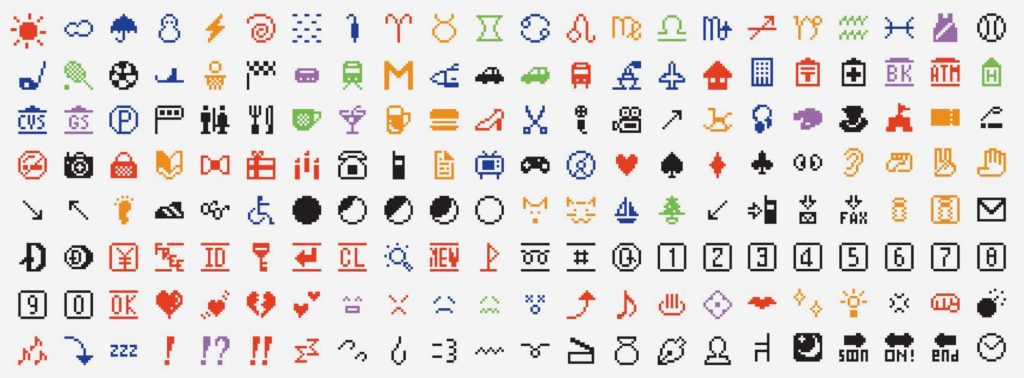
Little did they know, but they were about to change the way we communicate forever. This initial collection of 176 emojis were an instant success. Fast forward twelve years and this same concept was being implemented by Apple on a global scale. A couple years later and these modest 12 x 12 pixel masterpieces won a space in New York’s MoMA where they now sit alongside the work of Monet and Picasso. While there are many a critic who would be quick to dismiss their value, it is near impossible to ignore just how deeply they’ve proliferated modern culture. According to Adobe, over 90% of the world’s online population use emojis and one-third of them do so daily. Everyone’s got their favourite (mine’s 🔥 in case you were desperately wondering) but the ‘laugh cry’ face is so widely used that in 2015, 😂 became Oxford Dictionaries’ “word” of the year.
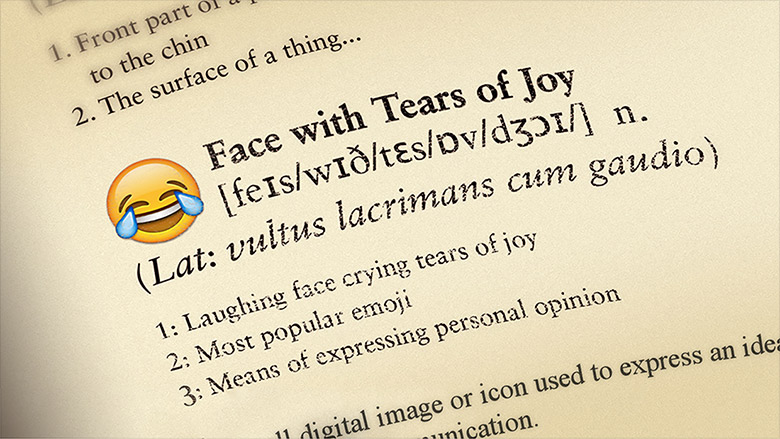
And yes, they’ve got a couple pitfalls too. The emoji’s come under attack (and rightfully so) for inadequately representing the needs of its audiences. It was only in 2014 that Apple decided to make its set multicultural. And then there was the update two years later that added to the range of breakfast foods yet failed to consider equal representation of women. Thankfully, this year’s update saw redheads, llamas and lacrosse sticks finally being recognised. A long way travelled but still a long way yet to go.
But for something so small, I would argue that it’s got potential for powerful stuff. Why so? Well, as the age old adage goes a picture paints a thousand words. Nobody’s got time to scan through dense paragraphs of copy (like the ones I’m currently typing 😉 ). Articles have become headlines and emojis slip into the place of commonly used phrases, giving you the chance to communicate in a way that’s succinct and to the point.
It also gives us the context that we’re so often lacking. From birth we’re programmed to look for context in conversations – through facial expression and tone of voice. Although my livelihood depends upon coherently arranging words in sentences, I’ll happily admit that despite best efforts, the message can often get lost in translation. What makes total sense to me might not connect with you. That’s where the emoji comes in. It gives you the opportunity to articulate sentiment without thumbing through a thesaurus. It infers attitude and subtle tone in an instant. Want to show your softer side? Throw in a few emojis. Fancy a sprinkle of sarcasm? Take your pick. Feeling flirty? There’s an emoji for that. Hungry? Emoji. Hangry? Emoji. You get the picture.
And it’s not just something that resonates on a personal level. For brands, it’s an easy, fun way to connect with consumers. Emoji’s bring a 25% increase in engagement on Twitter, and 17% higher interaction rates on Instagram. And according to recent research by Experian, the open rate of emails with emojis in the subject line is 56% higher than those without. Brands have had huge success by either integrating emojis into their communications or simply building entire campaigns around them. Domino’s recently developed a chatbot which enables consumers to order using a single pizza emoji. Pepsi’s global campaign “Say it With Pepsi” put emojis at its core, launching branded “PepsiMoji” cans and bottles in more than 100 markets. Taco Bell’s online petition for a taco emoji received over thirty thousand signatures and an update that included just that. And while Kim Kardashian might have been one of the first brands (yes, Kim Kardashian is a brand) to develop a range of custom-made emojis, the Catholic Church and Hillary Clinton both rolled out their own with the aim of connecting with a key demographic on a whole new level.
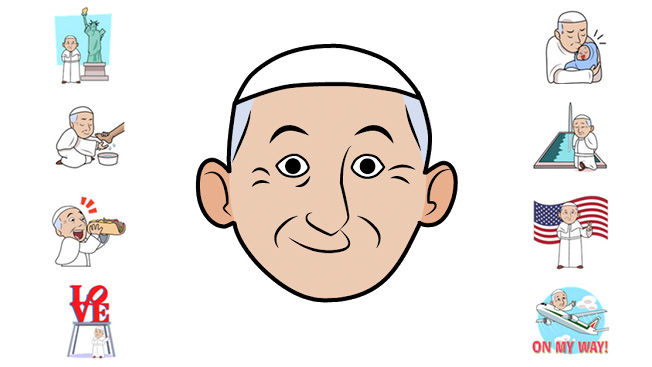
That said, with great power comes great responsibility – knowing when and where to use an emoji is crucial. According to a 2017 study in the Social Psychological journal, adding an emoji to a work email increases perceptions that you’re incompetent. Generally speaking, that’s not the desired effect. But if emojis add an instant depth of tone to communications, what is it that makes them any less professional, refined or considered than a bunch of words lazily thrown together? I’m not sure. But as the way we communicate in our personal lives continues to evolve, it would suggest that the emoji is not going to die a quick death.
But back to the here and now – what should brands do about this? What are the rules? Should we fire our translators and use emojis as a global brand language? Sadly, it’s not that simple. What works for one brand does not necessarily work for another so before you jump in all guns blazing, consider the guidelines below.
- Start with your brand. What are your values and brand personality – does using emojis jar with your general tone?
- Take into account the market context. What exactly are you trying to sell? Is it life support machines or corn snacks because knowing what is appropriate is key. How are the competitive set talking – do you want to go against industry norms or play it safe?
- Think about your audience. Who are they and how are they feeling when you’re interacting with them? Will an emoji offend or confuse?
- Consider the medium. Are you writing a white paper or sharing a cute puppy picture? More than half of all captions and comments on Instagram are written in emojis, so when it comes to social, it makes a lot of sense. Similarly, last year Google started allowing emojis in organic search results – integrating them on your site (where appropriate!) is not the worst idea
- As with words, use emojis sparingly and thoughtfully. Don’t overdo it – going into overdrive is never a good look
- Test, test and test again! Listen, measure success and actively seek out feedback
So are we approaching an age devoid of language – a time when we’ll replace a BA in typography with a BA in emoji-ography? And is the emoji the modern age equivalent of Shakespeare’s sonnet? I’ll leave these with you to think through. In the meantime, stay wise to the emoji and don’t be too quick to dismiss its worth.
Sofie Rooney – Brand Strategist
Aside from an evident love of emojis, Sofie’s obsessed with what makes brands tick – a desire to uncover the little nuances that make them unique. Having worked client and agency side both at home and abroad, she’s delighted to bring her strategic skills to brands like Castleknock Hotel, Drover Foods, Franciscan Well, Mount Juliet and Adare Manor over her two years with Neworld. Whether it’s brand development workshops, qualitative research, developing tone of voice or copywriting, Sofie looks forward to collaborating with many more!
Keep Reading
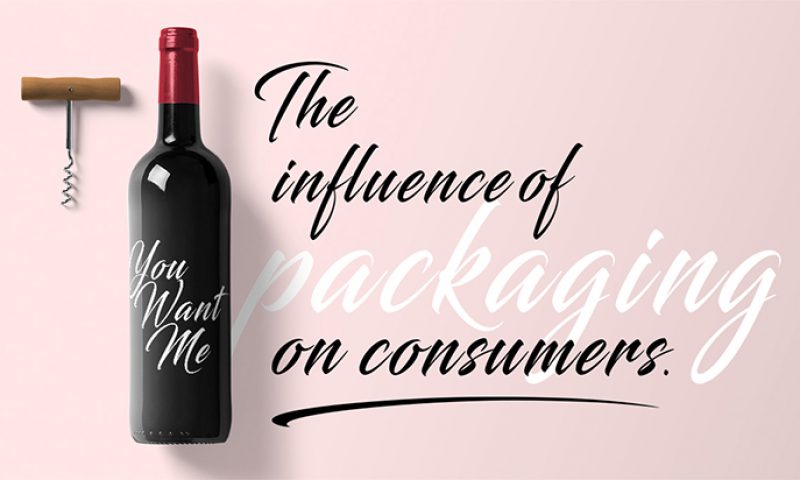
Top of the pack-ing order: How Packaging Influences...
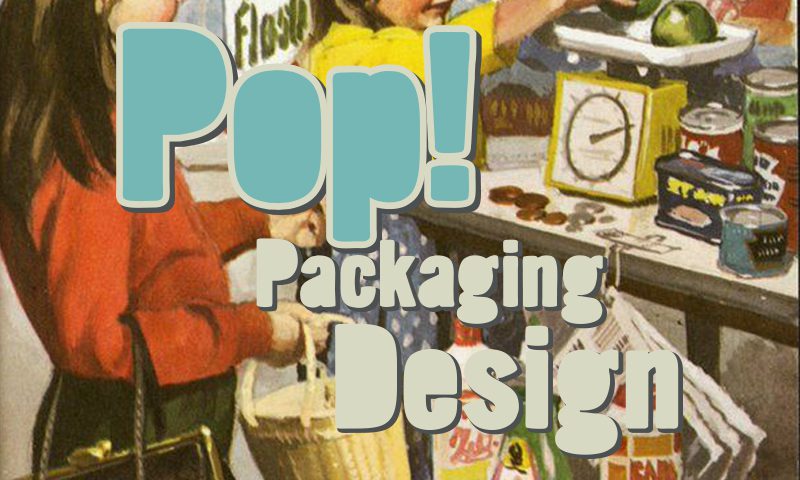
Pop! Packaging Design
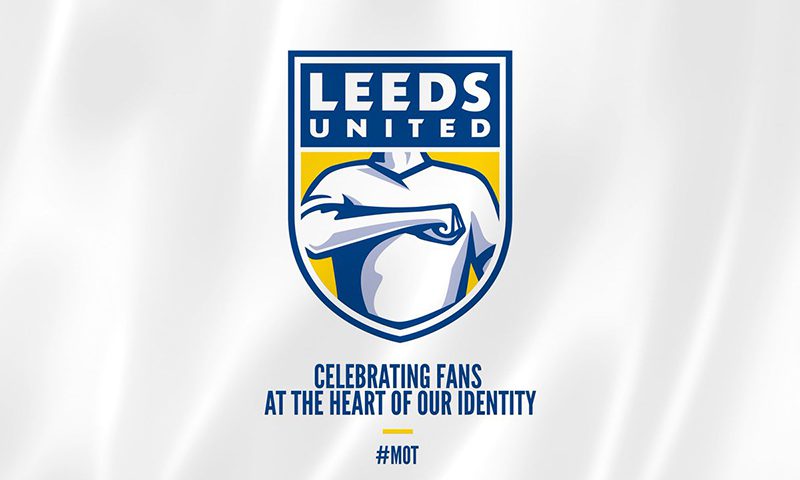
United They Fell

The value of branding – how to measure the success of...
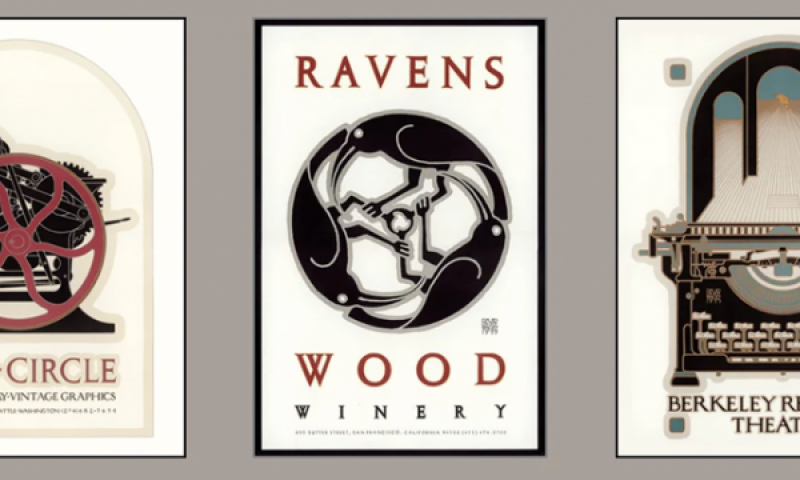
Great wine or great design?

Branding for Ireland’s Whiskey Renaissance

To disrupt or not to disrupt? That is the question!
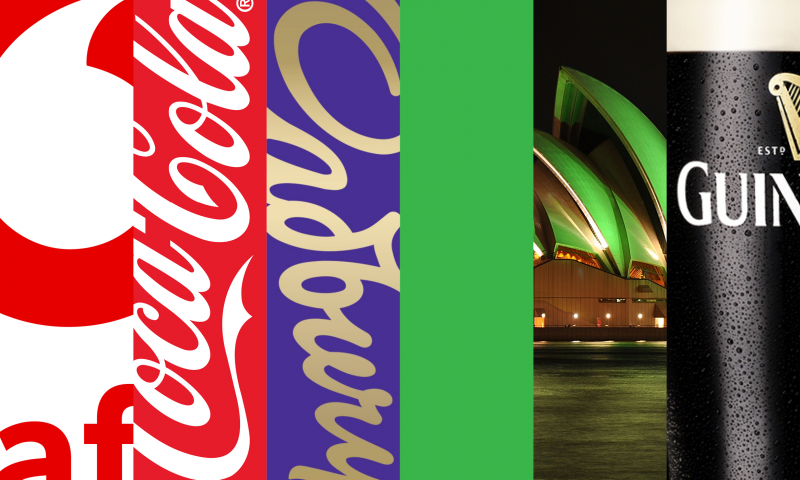
The Power of Colour
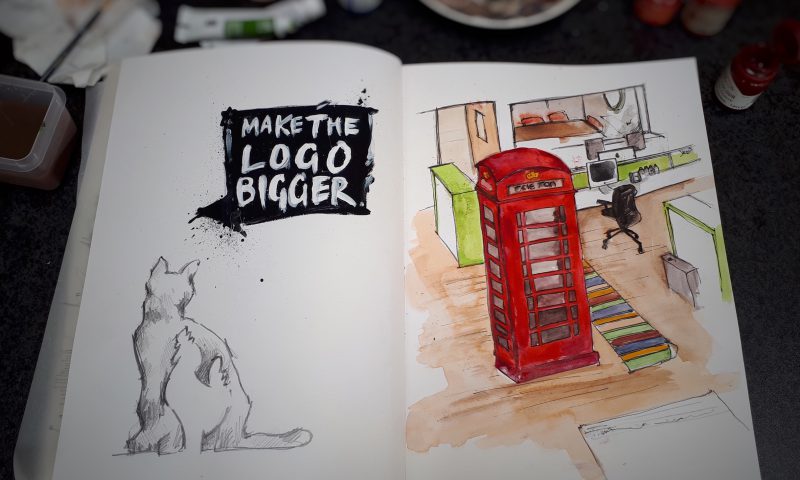
It Started With a Sketch – Sketchbook Challenge

Penguin Classics – masterpieces even before you open...
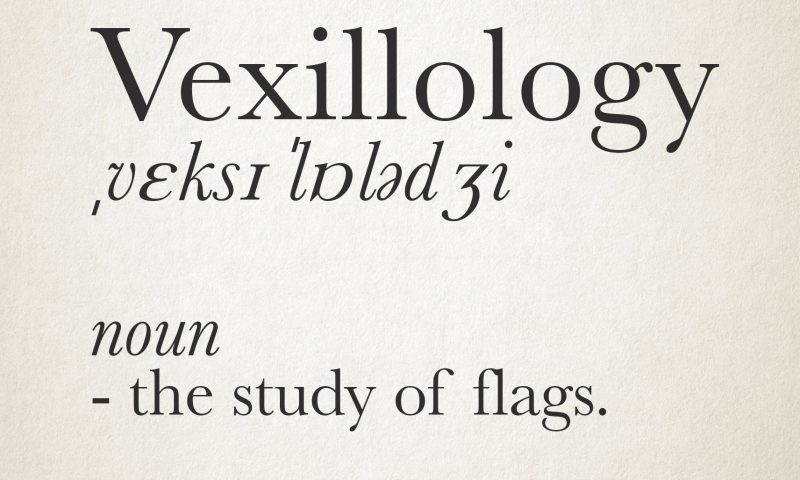
Vexillology
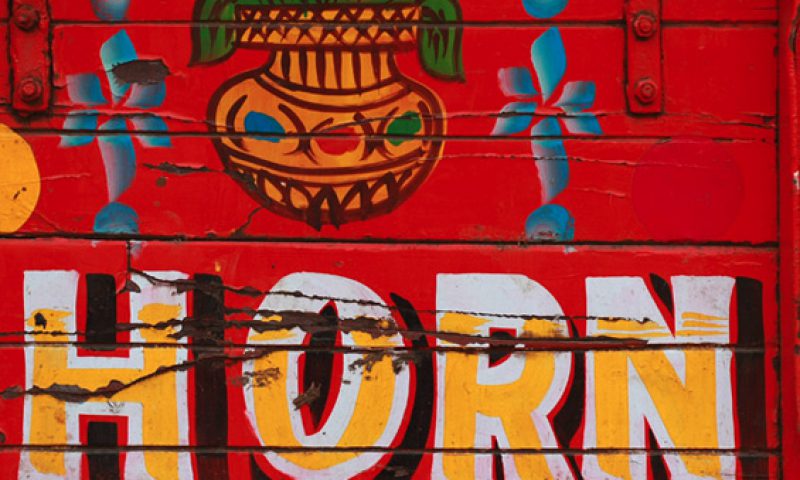
Blow your own horn
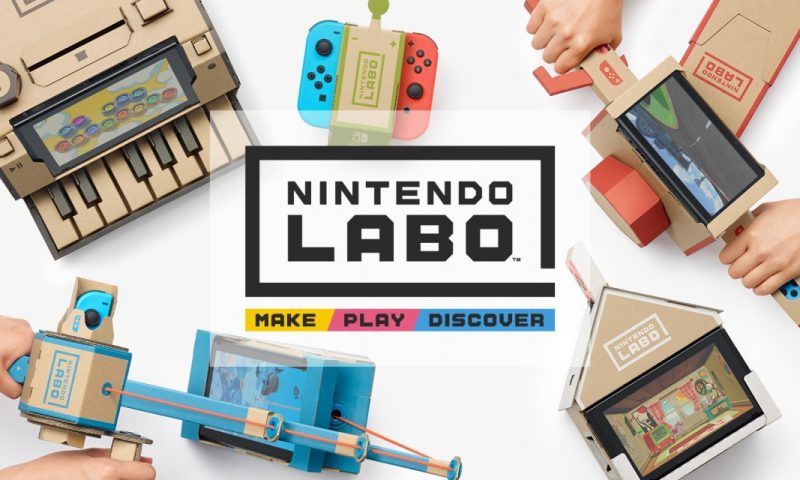
Cardboard steps into the digital world of gaming

Aurora borealis and our eye’s perception
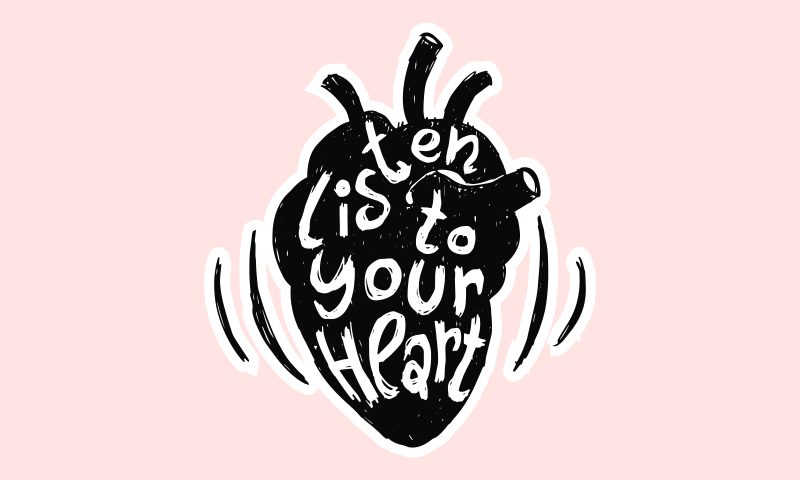
Where the heart is
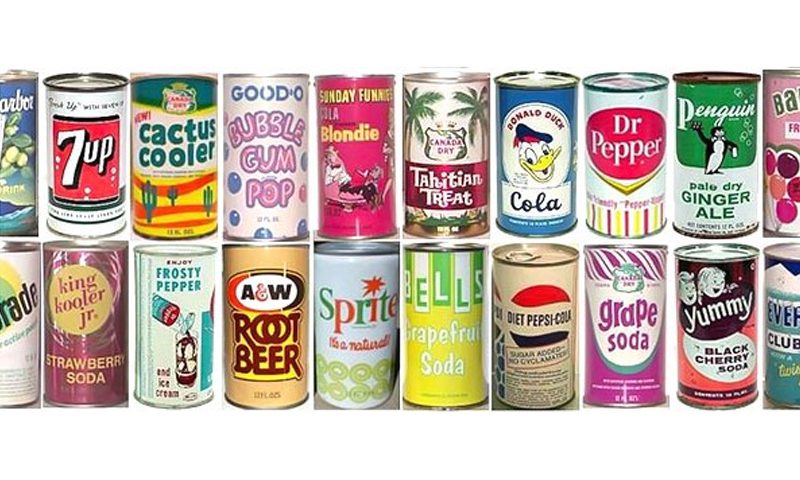
A ‘Can’ Do Attitude
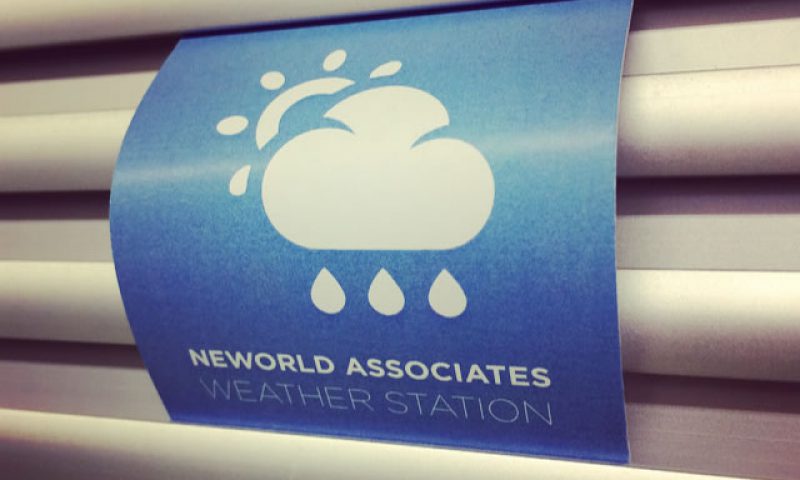
Confessions of a Weather Nerd

Create a truly delicious package – Ireland’s top...

Three Reasons Why Brands Should Partner with Social Media...
